FILM RESTORATIONS
Barbara Broadcast- Film Restoration Grabs- AMAZING!
BARBARA BROADCAST FILM RESTORATION COMPARISONS- BEFORE and AFTER!!
This latest project and one that is almost complete has taken longer than usual, partially due to the overwhelming success of The Opening of Misty Beethoven campaign and release. Also, I spent quite a but more time that i expected on digital film restoration, not that it was in terrible shape, but my OCD kicked in hard and when dealing with these 35 mm blow up internegatives, there are thousands of instances of scratches and dirt, etc. With these Henry Paris films, the original processing and blow ups were done at the same lab, which is known for it’s sloppy handling and inconsistent transfers, etc. This is going back to the 70’s. Anyway, since I was taking Barbara to Blu, I wanted her to look as good as she can and while it took a bit longer, the results speak for themselves. Those long drives to the film lab, being totally engulfed in the restoration of the pix and track, and immersing myself into every detail of this project, will prove to be the key to Barbara. I intend on posting the final details of both Barbara packages, the official release and pre-order dates, as well as answers to many FAQ’s I have been getting.
Without going any further, I just wanted to post some of these screen grabs from the standard DVD version of Barbara Broadcast(VCA/Hustler), that has been circulating and sold for the last decade or so. I will also post the brand new screen grabs from the fully restored version of Barbara Broadcast for DVD/BLU from Distribpix Inc. The comparisons between the 2 are simply incredible. As usual, the color, clarity, grain and of course aspect ratio are all corrected. If this does not convince anyone that it is essential to upgrade to the new versions, I am not sure what will. It is UNCUT, and now each frame is in the proper aspect ratio, where before you did not even get the entire frame, it was cropped and masked at the wrong ratio and clips much of the frame. I am not sure why they would have even done that, in many cases it is to save money and or lack of knowledge on the part of the transfer/authoring house.
While you are looking through the before and after shots, please keep in mind that none of this amazing restoration work would not be possible if it were not for the tireless efforts and commitment to dedication on the part of Process Blue Labs, in Bridgeport, CT. Thank you so very much Ryan and Joe!
I hope you enjoy these comparisons.
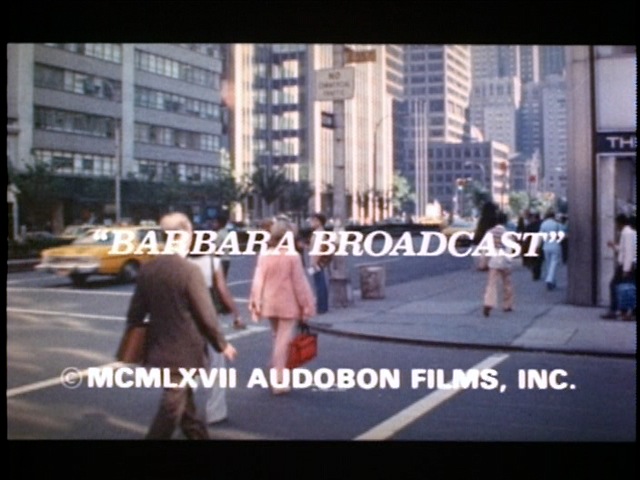

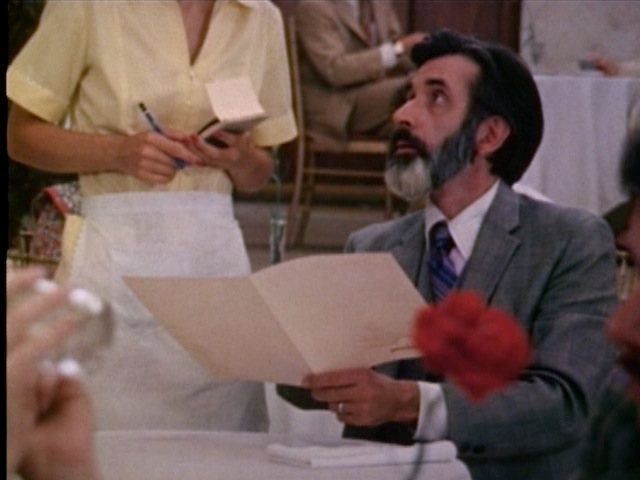
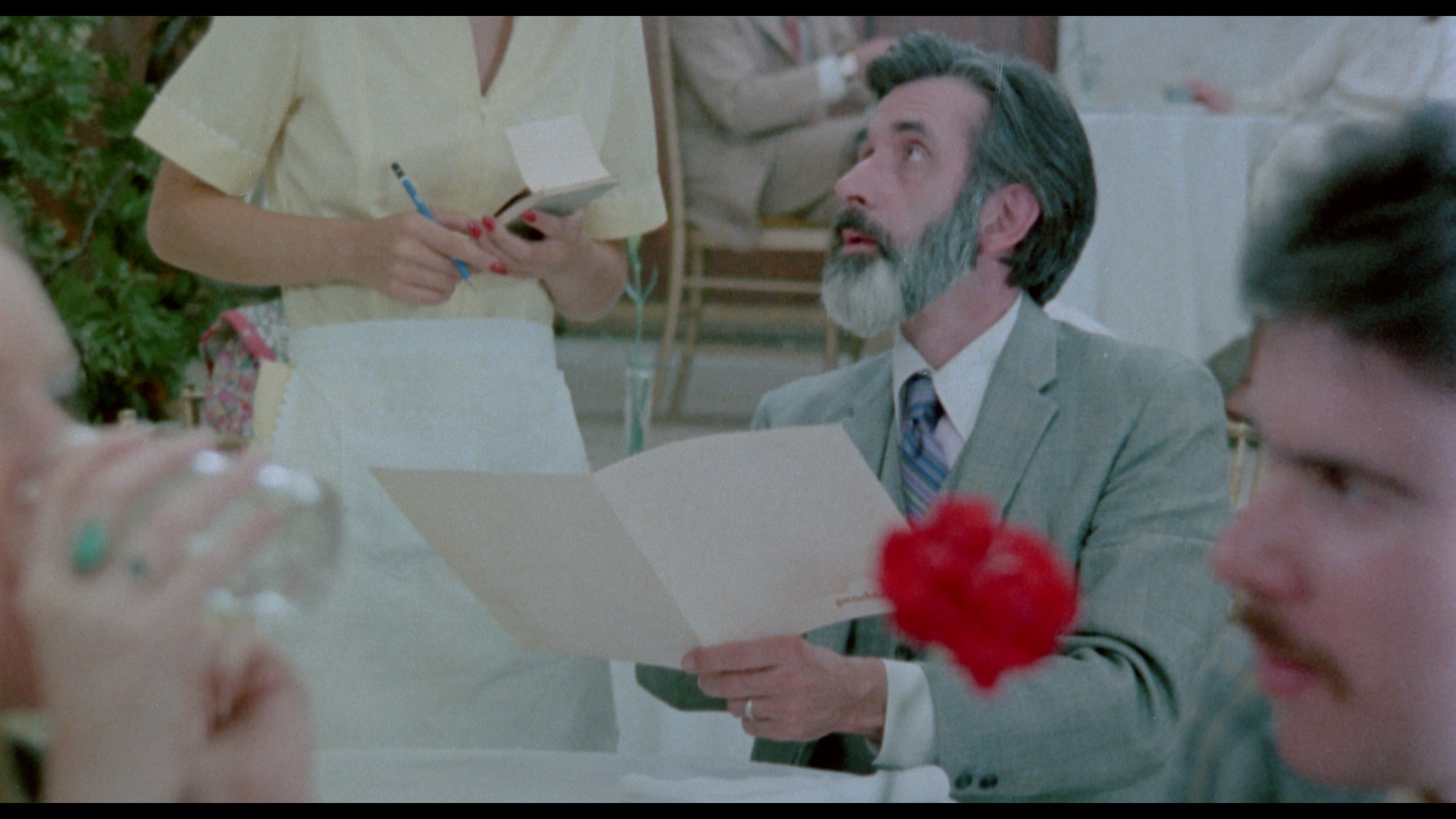
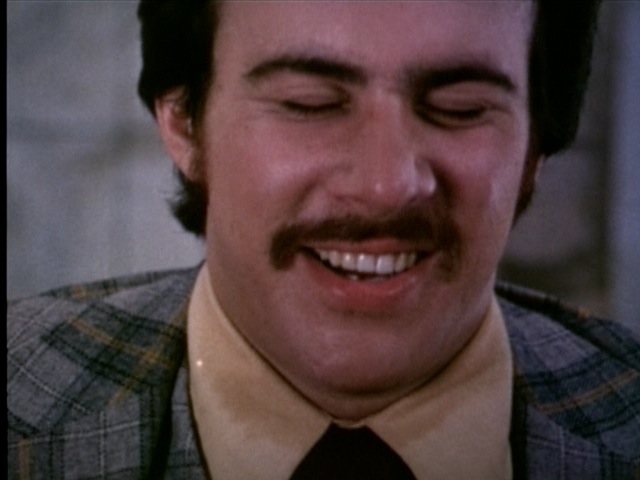
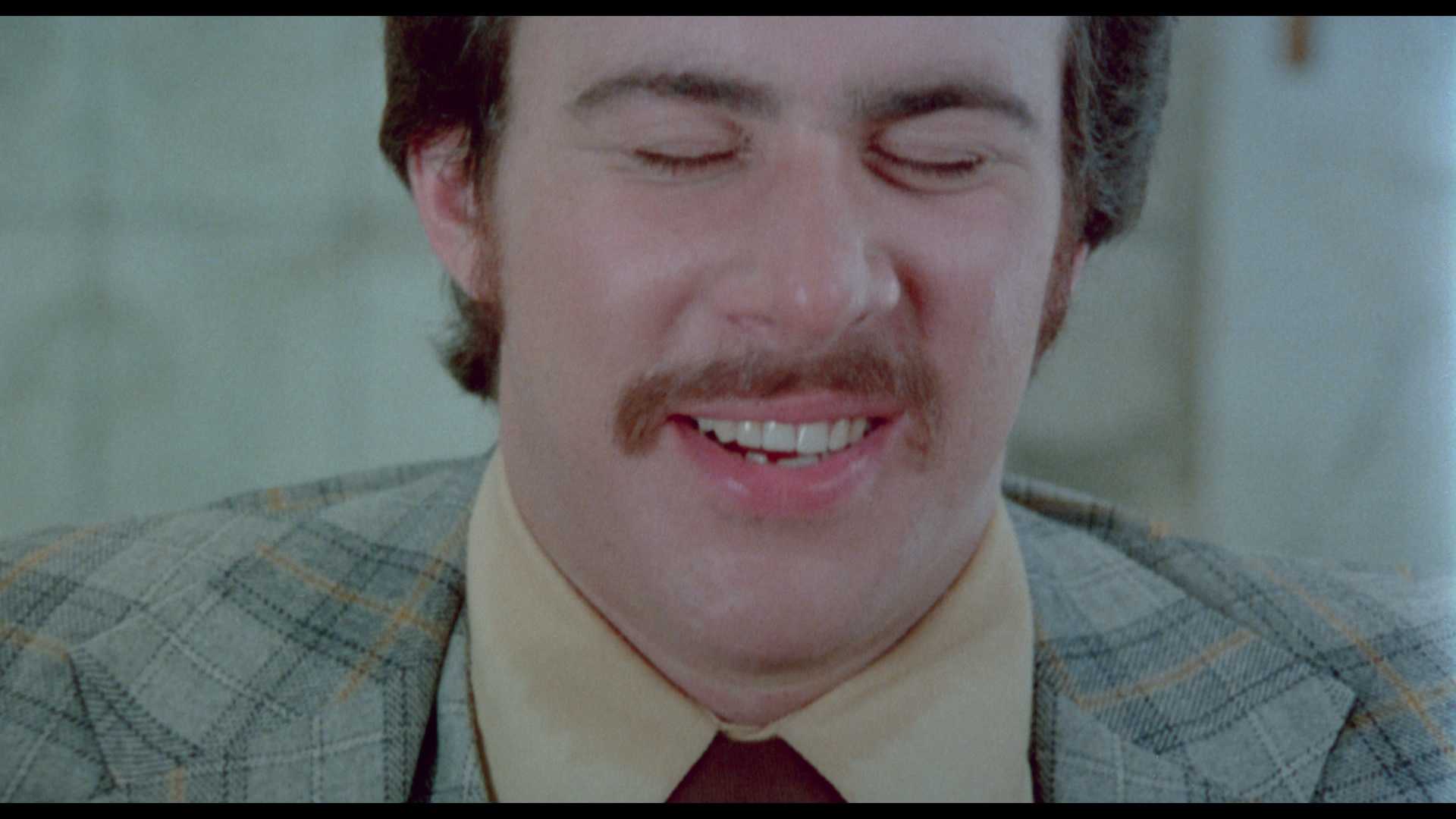

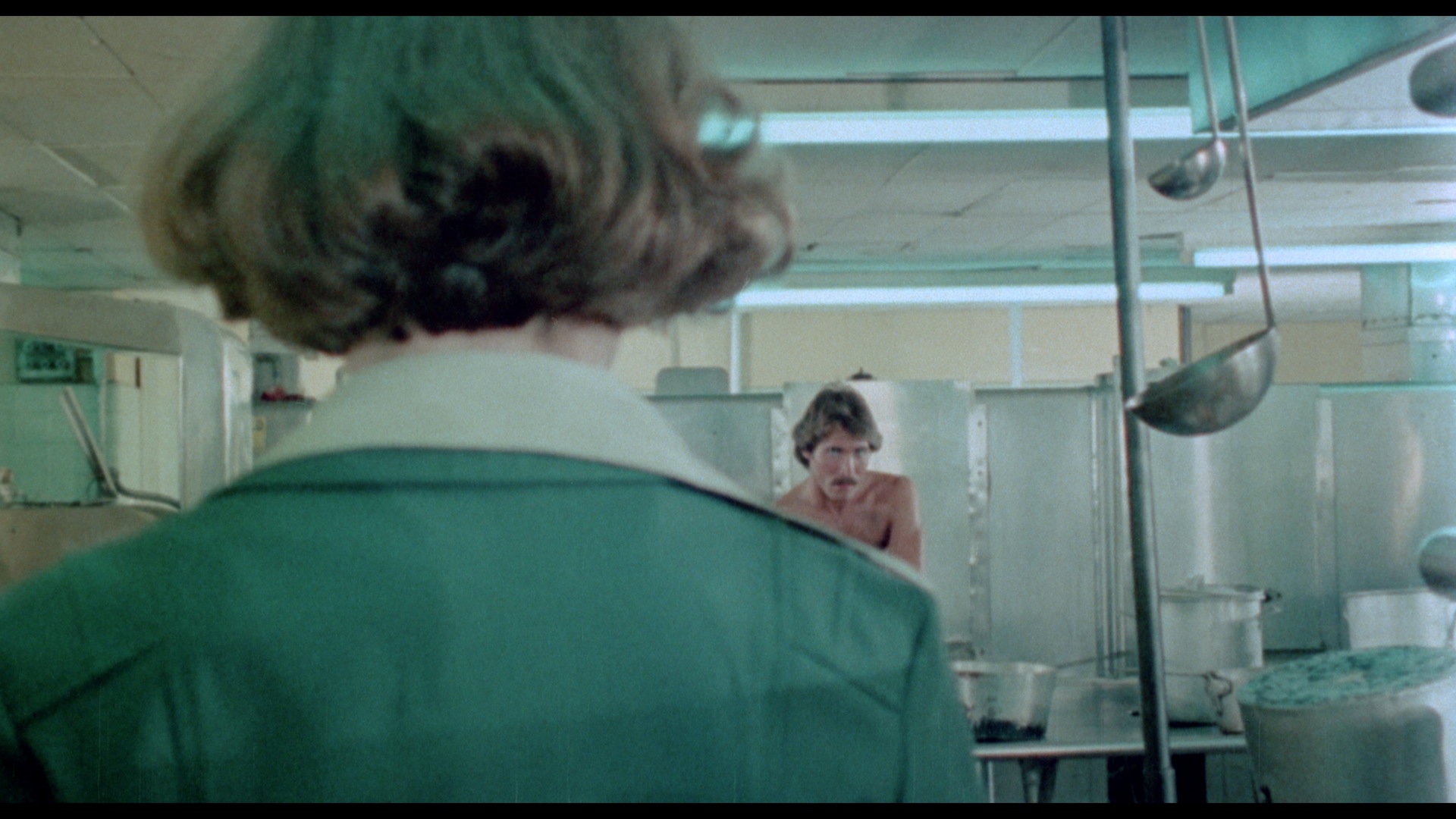
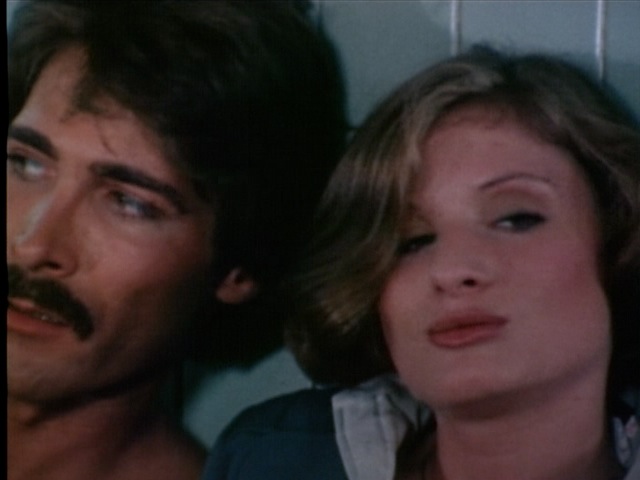
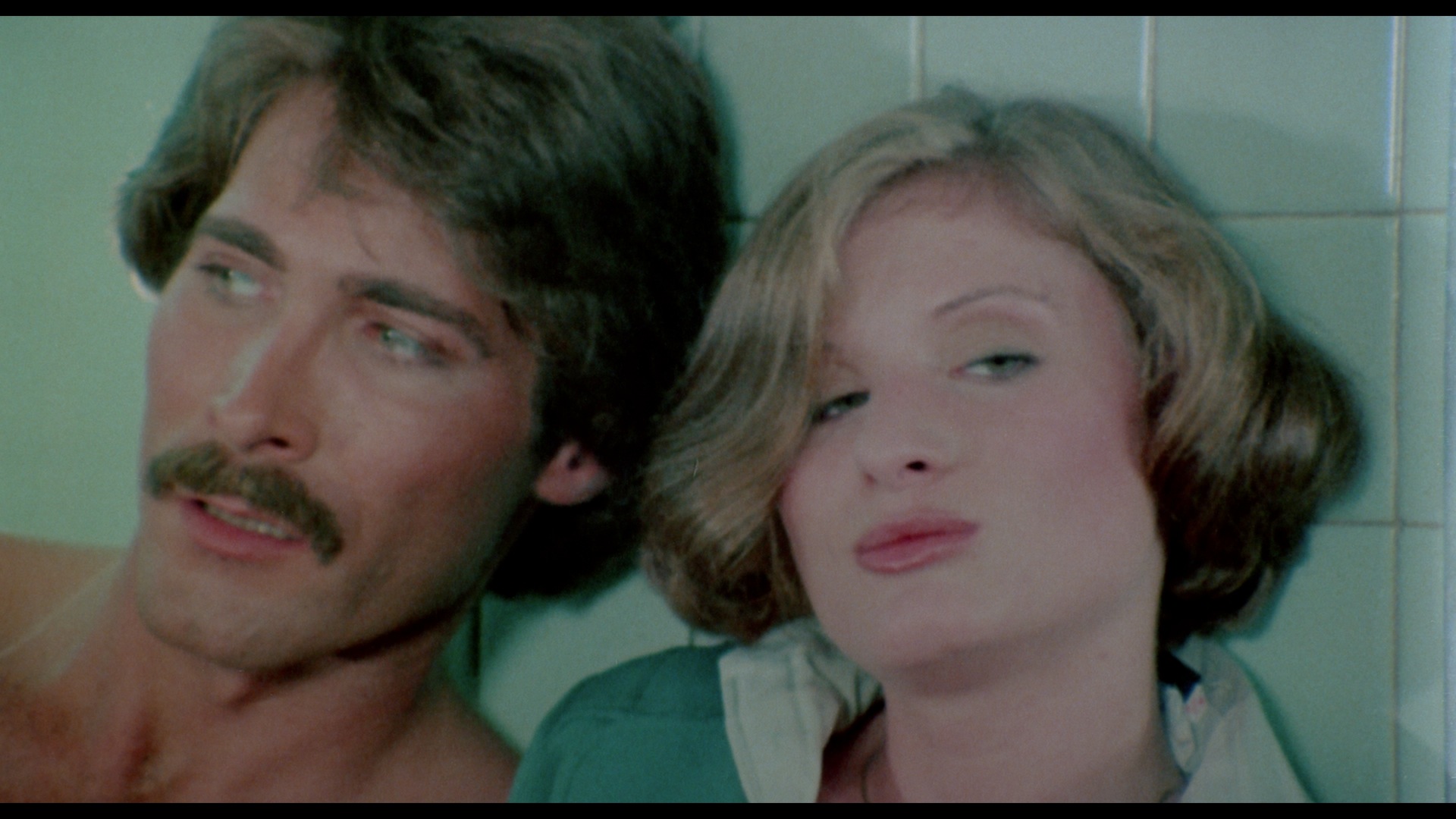
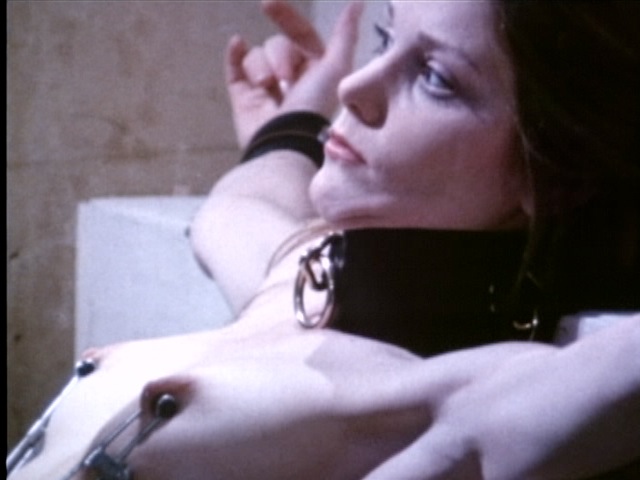
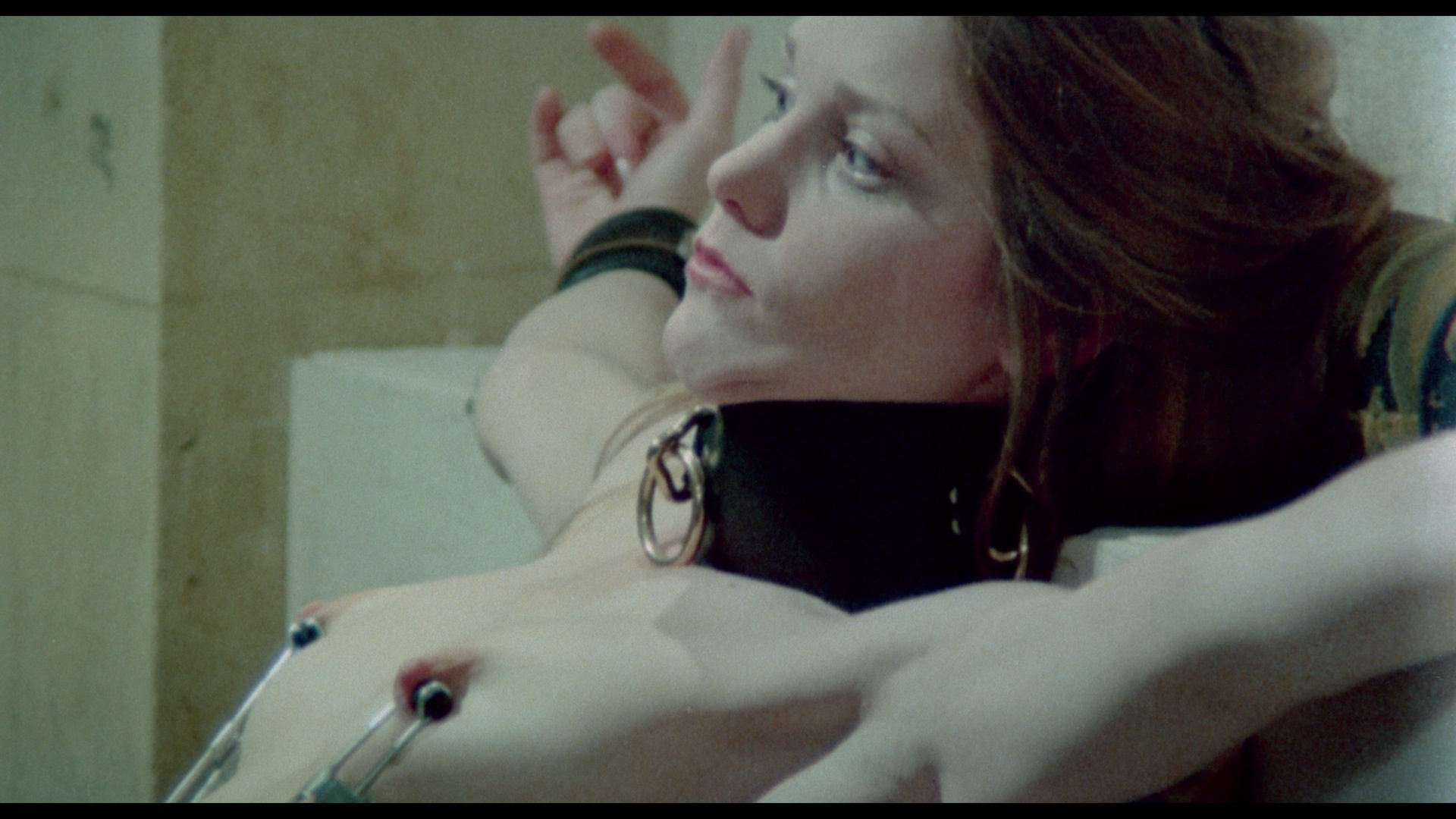

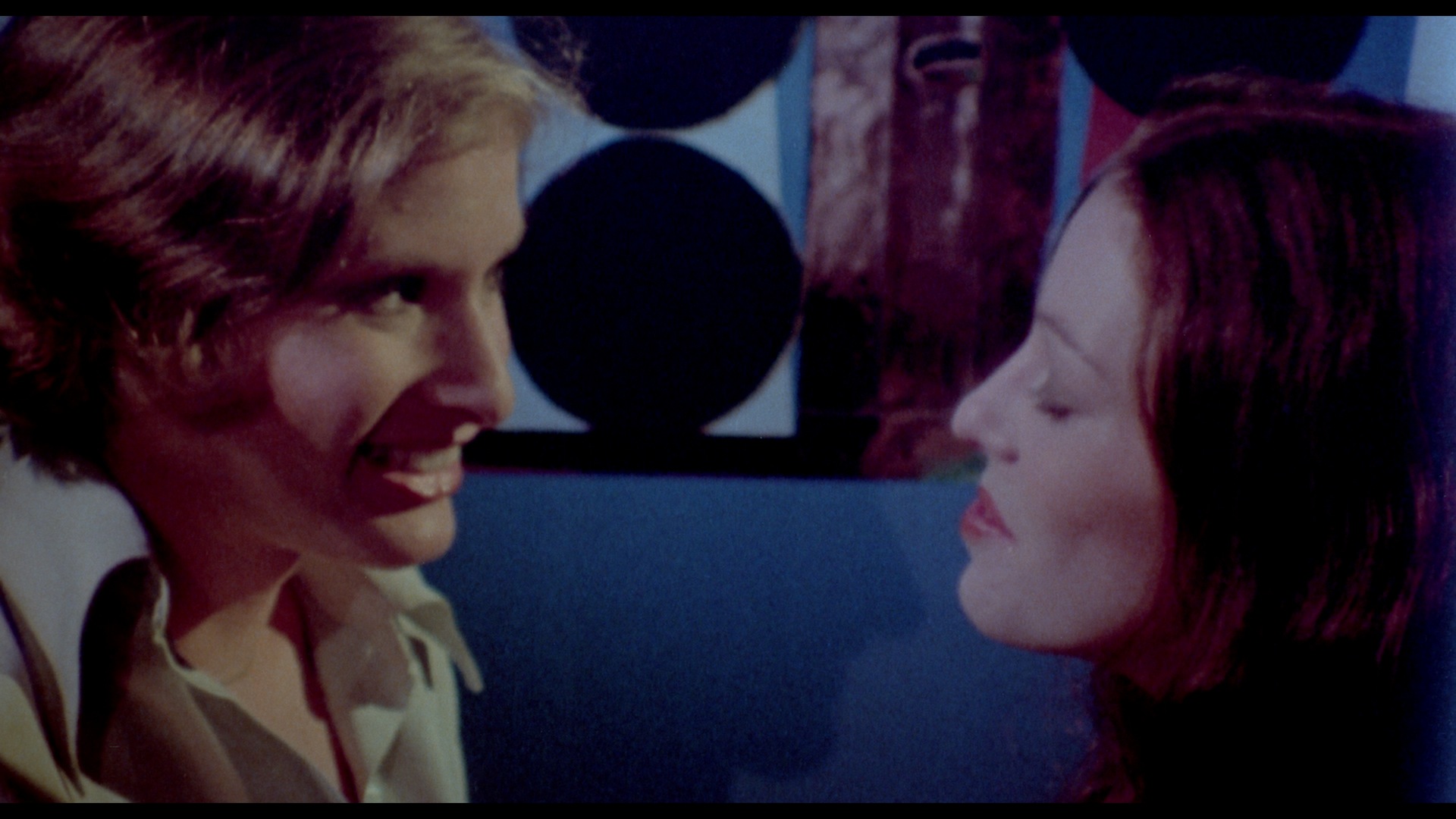

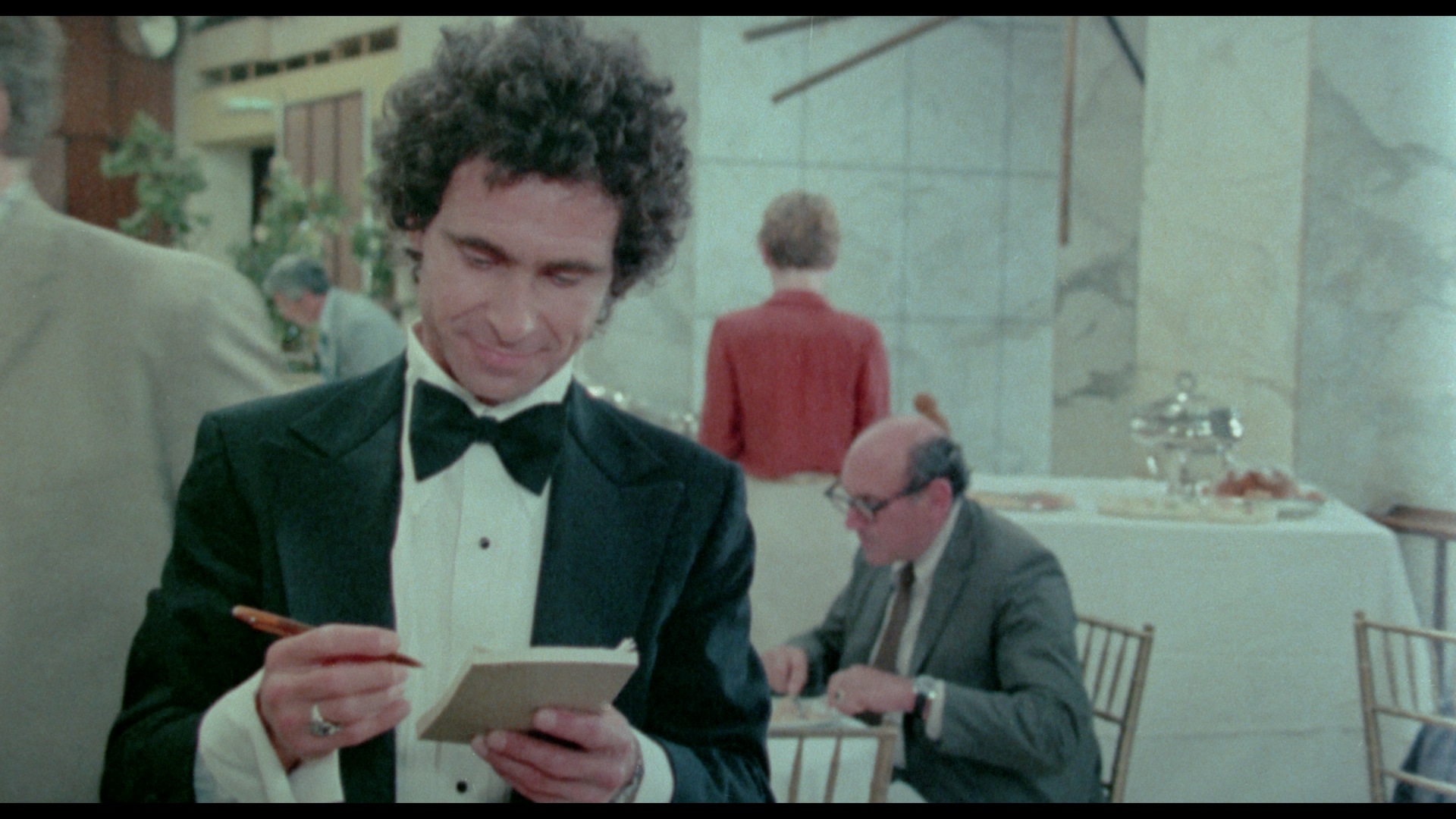
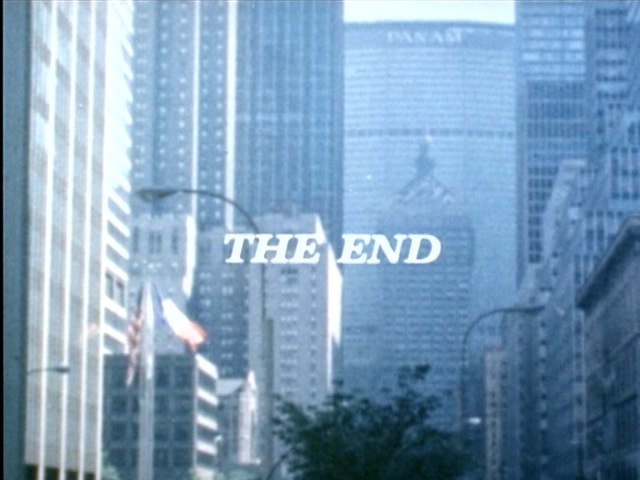
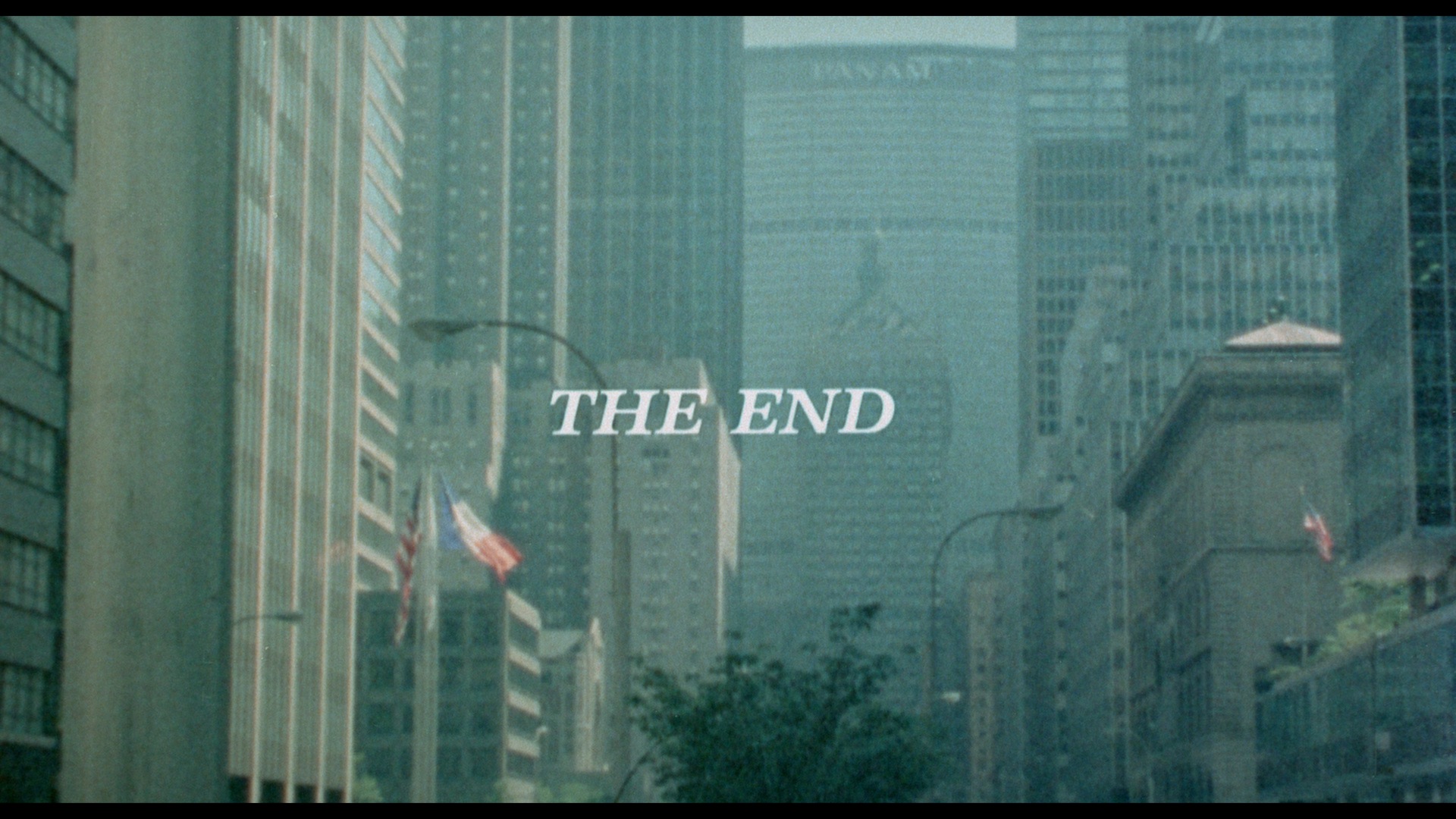


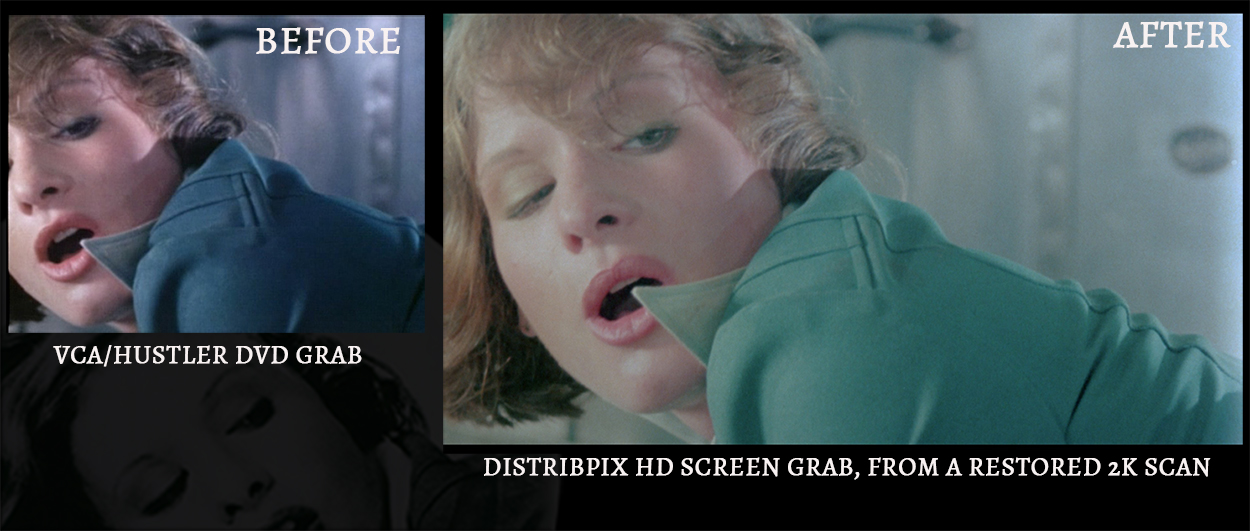
Looks fine except for color correction. Way too much green.
You are not incorrect. And we have discussed this earlier in the restoration of this film.
First, for some reason, every time the stills are exported from Final Cut, it not only desaturates but alters the color a bit, so these still do not %100 accurately represent either the tone or saturation levels of the color as it actually appears in the transfer, but they were quick frames simply exported out of Final Cut, mainly to show the incredible contrast.
We will be adding some new (hopefully improved) grabs soon, taken directly from the color grading software.
Secondly, and far more significantly, the CRI (Color Reversal Internegative) struck from the Super 16mm OCN had severely faded by the time it was transferred causing a very noticeable saturation contrast loss as well as shadow detail which had gone green in some scenes and red in others.
Although we were able to mask much of the green and red fade, the lost contrast and saturation could not be fully restored without causing some portions of each frame to look digitally manipulated and/or greatly reducing image detail, neither of which were acceptable options. What’s more is that the fade was inconsistant within shots, meaning a shot would begin with one level of fade and sometimes end with another making applying a single correction extremely difficult at times. So, we got as much as we could out of what exists. Unfortunately the original negative has long disappeared and the CRI, as well as a couple prints, are all that remains.
Our only other option would have been to transfer a print but both of the two prints we have had significantly more damage than the CRI and prints in general contain far less detail than what we were working from, something which would have been very evident in the blu-ray.
With that said, we have now done five rounds of color correction (over 50 hours!) and each new round we still see things we’d like to make better. But at this point, time is of the essence and getting the film released is key. Is it perfect? No. Could it ever be? Not if this remains the only negative available. So, with that said, we hope you enjoy this release, element issues aside, and know that this is the closest the film is going to its 1977 release.